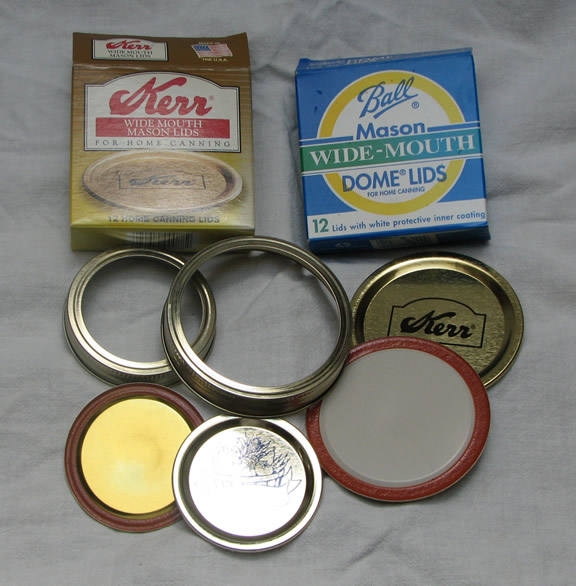sww35
Well-Known Member
when we bottle a beer, we keep extra space so the beer can have space to carb up. What is the process for beer cans that your standard beer makers use to carb up in cans?

sww35 said:I was only asking cause if we can get this down, mason jars would seem to work for bottling beer.
sww35 said:The benefit would be that mason jars are easier to keep clean and also cheaper when buying them new compared to new bottles.
when we bottle a beer, we keep extra space so the beer can have space to carb up.



DannyD said:as far as pressure/vacuum goes, some of those suckers (pun inteded) place just as much pressure on the glass as it would been with internal pressure? (pressure tanks and vacuum tanks, in general, have the same design)
You are very wrong in this statement. You cannot just take a tank designed to code to contain a certain pressure and them pull a vacuum on it or vice versa. That would end in disaster.
DannyD said:Im not saying put a penning pump on it?! (in general) how does a "tank" look? tubelar body with dome ends?
And its a can-fruit bottle! no more of a risk of bottle bomb then any other bottle
Just because something looks like something else doesn't mean it will work the same. Canning jars are designed for vacuum and not intended for pressure. I highly doubt they can hold the same pressure as a beer bottle even if you can seal it.
DannyD said:Challenge accepted!!!
Haha alright. Make sure and report back! Don't leave us in suspense like that stupid banana fosters thread a few months ago!
Enter your email address to join: